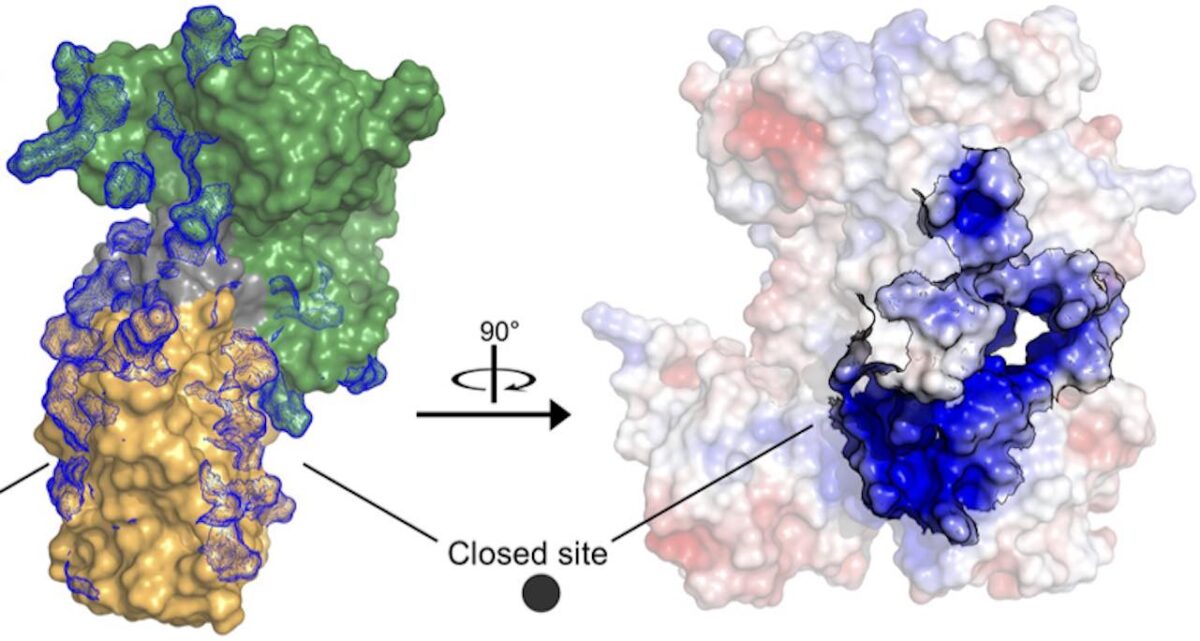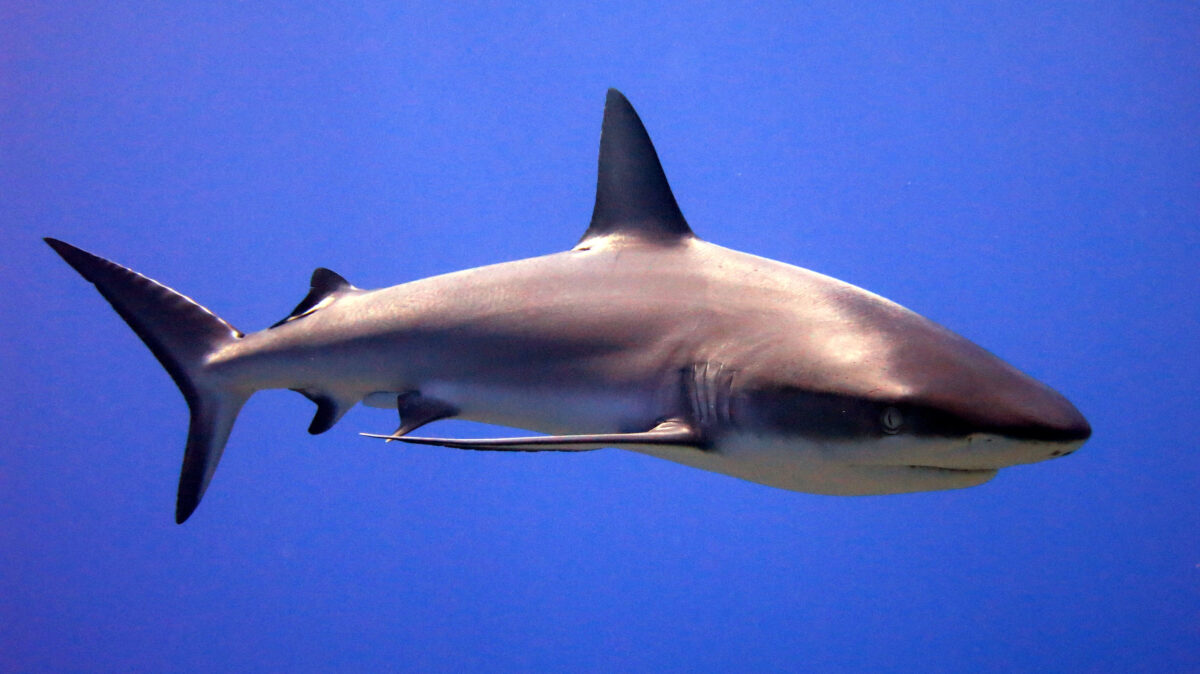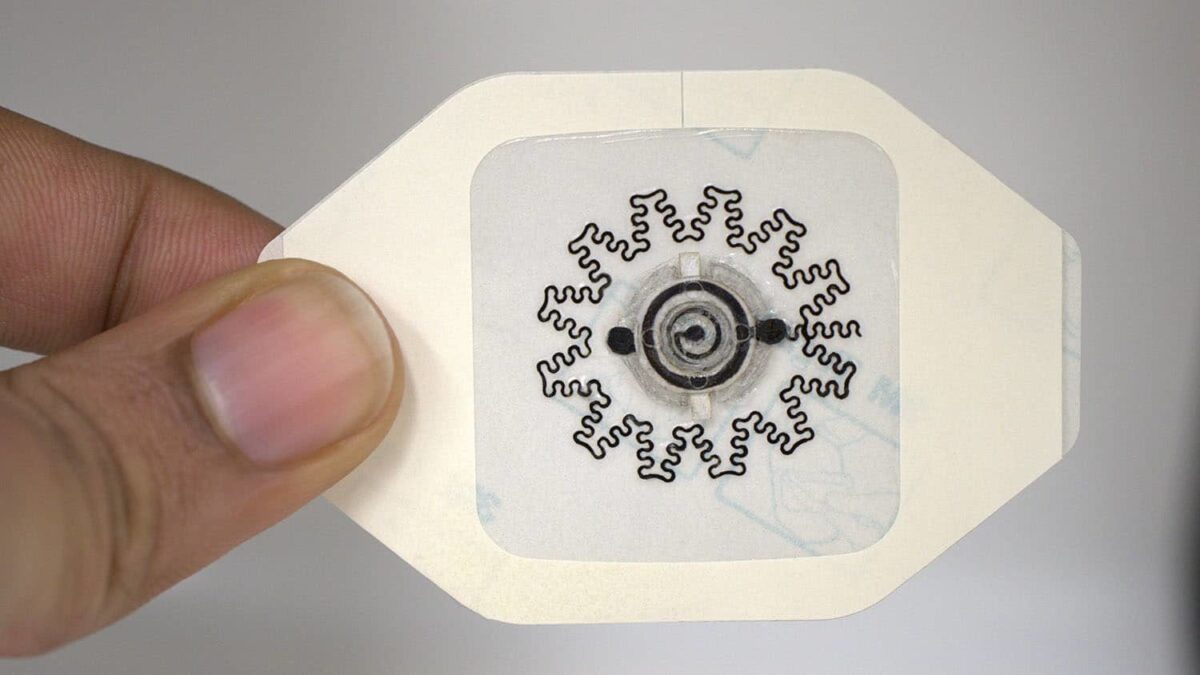Nuclear Recycling Coming to the U.S.
Despite increasing recognition that nuclear energy could be the most effective solution for reliable low-carbon electricity in the United States, the nuclear power industry faces significant obstacles—chief among them, the management of radioactive spent fuel. However, new initiatives to recycle nuclear waste, long delayed by legal and regulatory challenges, could address this issue and more if given the chance to thrive.
For the past 50 years, nuclear energy development in the U.S. has been hampered by bureaucratic obstacles and public fears that have stalled the construction of new, safe, nuclear plants.
Recently, however, there has been a rare bipartisan shift in favor of nuclear power. Such as at the 29th U.N. Climate Change Conference of the Parties (COP 29), signaling that environmentalists now regard nuclear power as a clean energy source.
Nevertheless, revitalizing the U.S. nuclear power industry remains a complex challenge. Ed McGinnis, CEO of Curio, a company aiming to recycle nuclear fuel in the U.S., noted that Democrats and Republicans are both looking to nuclear, though for different reasons. This bipartisan support has led to commitments to triple nuclear capacity in the U.S. However, McGinnis pointed out that utilities are still hesitant to place orders for advanced reactors due to the complex challenges they face.
Even if utilities manage to navigate the regulatory approval process, they still need a reliable fuel supply and a safe method for disposing of spent fuel. Since 1992, the U.S. has relied heavily on imported uranium to meet the needs of its nuclear power industry.
In the United States, spent nuclear fuel—typically used in reactors for about five years—is removed once it has exhausted roughly 4% of its fissionable material. This waste, totaling over 85,000 metric tons, is initially cooled in water on-site before being placed in dry cask storage. Currently, there are more than 60 such storage sites across 34 states. The Department of Energy (DOE), tasked with overseeing the safe disposal of nuclear waste, has yet to establish a permanent repository. Because of the burden of keeping nuclear waste on their property, most companies are not likely to hop on until the waste problem is solved.
Waste recycling has been profitably employed in other countries for decades. For example, Orano, a leading global recycling company, has reprocessed over 40,000 metric tons of used nuclear fuel since 1976. In February 2024, Orano and SHINE Technologies, a U.S. company specialized in sustainable energy solutions, signed a Memorandum of Understanding with a view to developing a pilot plant in the USA for recycling used nuclear fuel from light water reactors.
Spent nuclear fuel still contains 96% of its original energy value, which could be repurposed for new fuel. Additionally, the fission process generates valuable isotopes for medical, industrial, and national security applications. Recycling could supply the U.S. with enough energy to meet its needs for the next 150 years.
“Used nuclear fuel is only waste if you waste it,” said Orano’s communications director, Curtis Roberts. Through recycling, 96% of spent nuclear fuel can be repurposed, with the remaining 4% safely stored until its radioactivity decays. This process takes about 300 years, as apposed to current methods which advise a storage range between tens of thousands and hundreds of thousands of years.
The 4% also contains useful materials like krypton-85, strontium-90, and rare-earth elements that could potentially be extracted.




